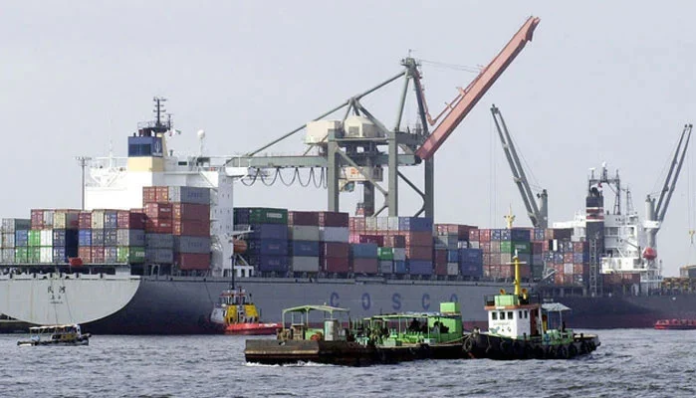ISLAMABAD, APR 14 (DNA): The Pakistan Institute of Development Economics (PIDE) has warned that the 29% reciprocal tariffs imposed by US President Donald Trump are likely to hit Islamabad’s exports to Washington resulting in a 20-25% decline amounting to an annual loss of between $1.1 billion to $1.4 billion, The News reported on Monday.
What can be termed as a storm brewing on Pakistan’s trade horizon, PIDE has said that proposed reciprocal tariffs by the US could have a devastating impact on the country’s export sector.
In a stark policy note released on April 13, 2025, the institute cautions that these tariffs could lead to macroeconomic instability, significant job losses, and a critical reduction in foreign exchange earnings.
The study — conducted by Dr Muhammad Zeshan, Dr Shujaat Farooq, and Dr Usman Qadir — analyses the consequences of a proposed 29% reciprocal tariff on Pakistani exports to the US. When added to the existing 8.6% Most Favored Nation (MFN) tariff, the total duty could reach 37.6%.
The result would likely be a 20–25% decline in exports to the US, translating into an annual loss of $1.1–1.4 billion, with the textile sector bearing the brunt of the blow.
“Trade is not a zero-sum game. It’s about shared value — about building connections that make both economies stronger. These proposed tariffs risk severing those ties,” said Dr Nadeem Javaid, PIDE Vice Chancellor, in a strong statement accompanying a new policy note. “At PIDE, we see this moment not just as a threat, but as a catalyst — for course correction toward a more resilient, diversified, and strategic export future for Pakistan.”
In fiscal year 2024, Pakistan exported $5.3 billion worth of goods to the United States, making it the country’s largest single-country export market. A significant portion of these exports were textiles and apparel, which already face tariffs as high as 17%.
If the proposed tariffs are implemented, Pakistan’s price competitiveness would be severely eroded, possibly allowing regional competitors like India and Bangladesh to capture market share. The economic consequences would extend beyond textiles.
Major exporters such as Nishat Mills and Interloop may be forced to reduce production, threatening more than 500,000 jobs. Non-textile exports — including leather, rice, surgical instruments, and sports goods — also face increased vulnerability. Despite the risks, PIDE views the crisis as an opportunity for strategic transformation. The policy note encourages Pakistan to take swift and thoughtful action in response.
In the short term, PIDE recommends that Pakistan engage in high-level diplomatic efforts to highlight the mutual costs of the tariffs and preserve long-standing trade relations. For example, the US exported $181 million worth of cotton to Pakistan in 2024, a trade stream that is now at risk.
Pakistan might also consider reducing tariffs on select US imports — such as machinery, scrap metal, and petroleum — to create room for negotiation. Additionally, Pakistani firms could be encouraged to use more US-origin inputs like cotton and yarn to help maintain value chains and seek tariff exemptions.
For the long term, PIDE emphasises the need to diversify both export products and markets. Emerging destinations such as the EU, China, ASEAN nations, Africa, and the Middle East offer growth potential in sectors like IT, halal food, processed foods, and sports goods.
The report also calls for measures to reduce energy and logistics costs, streamline regulations, and promote innovation and technology adoption. Furthermore, a comprehensive US trade strategy is necessary — one that focuses on building synergies in technology, agriculture, energy, and value-added manufacturing.
On the international front, PIDE notes that the proposed US tariffs exceed the WTO’s bound tariff ceiling of 3.4%, potentially violating multilateral trade rules. While legal recourse through the WTO remains an option, Pakistan’s limited fiscal resources may hinder such efforts.
More importantly, the tariffs ignore the interconnected nature of global trade.
The US-Pakistan textile loop is a prime example — American cotton supplies Pakistani mills, which in turn export finished garments to the US. Disrupting this value chain benefits neither country.
The road ahead is challenging, but it also presents a chance for Pakistan to recalibrate and strengthen its export framework.
With timely diplomacy, strategic policy reforms, and bold diversification efforts, Pakistan cannot only withstand this external shock but also emerge as a more competitive and resilient player in the global economy.

















